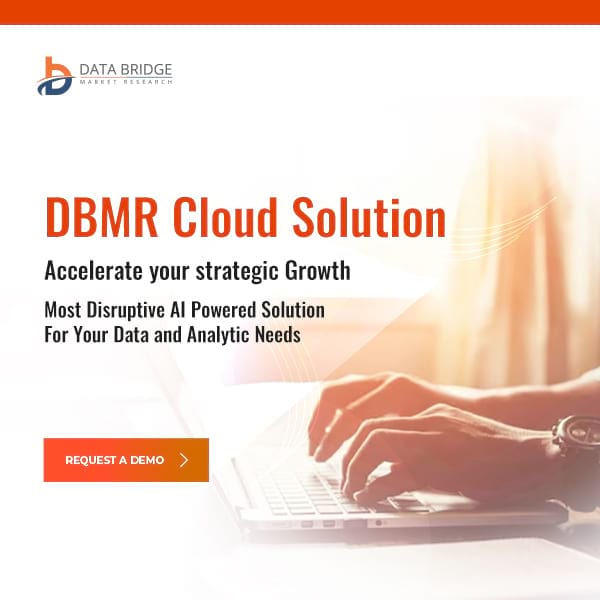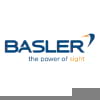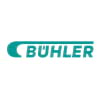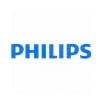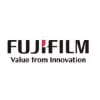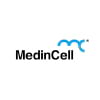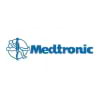The India healthcare information technology (IT) market encompasses developing, designing, and maintaining information systems in healthcare institutions. It plays a vital role in streamlining healthcare operations and enhancing patient care. Healthcare IT solutions enable efficient patient data management, reducing the risk of records being misplaced or lost. These solutions facilitate seamless access to patient health reports from various locations, improving communication and collaboration among healthcare practitioners. With the growing need for digitization and efficient healthcare delivery, the India healthcare IT market is experiencing significant growth and is poised to expand further as healthcare institutions embrace technology to improve overall healthcare outcomes.
According to Data Bridge Market Research the India Healthcare Information Technology (it) Market growth at a rate of 23.85% in the forecast period of 2022 to 2029.
“The upsurge in the adoption rate of telehealth drives the market”
The upsurge in the adoption rate of telehealth is a significant driver of the India Healthcare Information Technology (IT) market. Telehealth services leverage technology to provide remote healthcare consultations, diagnosis, and monitoring, offering convenience and accessibility to patients. The increasing penetration of smartphones, improved internet connectivity, and the growing acceptance of telemedicine among patients and healthcare providers contribute to the expansion of the telehealth market. Telehealth solutions enable efficient healthcare delivery, reduce healthcare costs, and improve patient outcomes. The COVID-19 pandemic has further accelerated the adoption of telehealth, highlighting its potential and driving the demand for healthcare IT solutions in India.
What restraints the growth of India’s healthcare information technology (it) market?
“Limited IT infrastructure and connectivity in rural areas”
The limited IT infrastructure and connectivity in rural areas is a significant restraint of the India healthcare information technology (IT) market. While urban regions may have relatively better access to internet services and IT infrastructure, rural areas often face connectivity, network coverage, and infrastructure development challenges. This limitation hinders the widespread implementation of healthcare IT solutions in rural healthcare facilities, including telehealth and electronic health records systems. The lack of reliable internet connectivity and inadequate IT infrastructure impedes the seamless exchange of medical data, remote consultations, and efficient healthcare IT systems, thereby limiting the growth and reach of healthcare IT solutions in rural India.
Segmentation: India Healthcare Information Technology (IT) Market
The healthcare information technology (IT) market is segmented on the basis of product and services, components, delivery mode, and end-users.
- On the basis of product and services, the healthcare information technology (IT) market is segmented into healthcare provider solutions, healthcare payer solutions, and HCIT outsourcing services.
- On the basis of components, the healthcare information technology (IT) market is segmented into services, software, and hardware.
- On the basis of delivery mode, the healthcare information technology (IT) market is segmented into on-premise and cloud-based.
- On the basis of end-users, the healthcare information technology (IT) market is segmented into providers and payers.
To know more about the study visit, https://www.databridgemarketresearch.com/reports/india-healthcare-it-market
The Prominent Key Players Operating in the India Healthcare Information Technology (IT) Market Include:
- Allscripts Healthcare, LLC (U.S.)
- Epic Systems Corporation (U.S.)
- McKesson Corporation (U.S.)
- Cerner Corporation (U.S.)
- Siemens (Germany)
- Carestream Health (U.S.)
- Agfa-Gevaert Group (Belgium)
- athenahealth, Inc. (U.S.)
- eClinicalWorks (U.S.)
- General Electric (GE) (U.S.)
- Infor (U.S.)
- Koninklijke Philips N.V. (Netherlands)
- Oracle (U.S.)
- BD (Becton, Dickinson and Company) (U.S.)
- Ada Health GmbH (Germany)
Above are the key players covered in the report, to know about more and exhaustive list of India healthcare information technology (IT) market companies contact, https://www.databridgemarketresearch.com/contact
Research Methodology: India Healthcare Information Technology (IT) Market
Data collection and base year analysis are done using data collection modules with large sample sizes. The market data is analyzed and estimated using market statistical and coherent models. In addition, market share analysis and key trend analysis are the major success factors in the market report. The key research methodology used by DBMR research team is data triangulation which involves data mining, analysis of the impact of data variables on the market, and primary (industry expert) validation. Apart from this, data models include Vendor Positioning Grid, Market Time Line Analysis, Market Overview and Guide, Company Positioning Grid, Company Market Share Analysis, Standards of Measurement, global vs Regional and Vendor Share Analysis. Please request analyst call in case of further inquiry.



